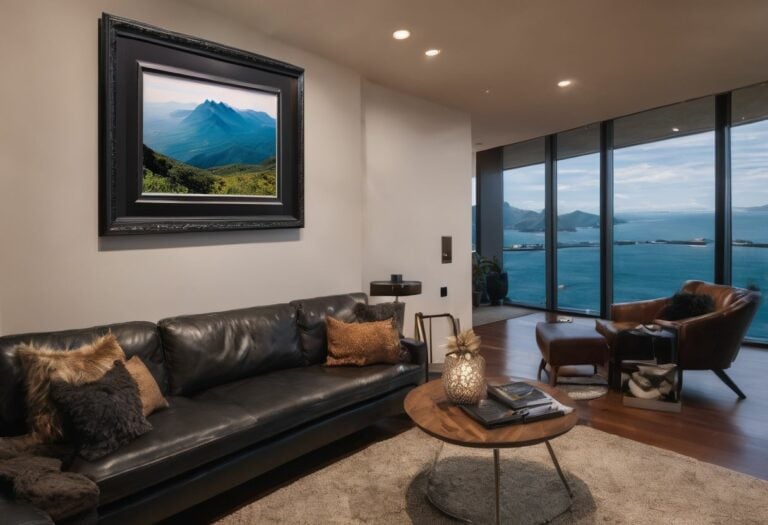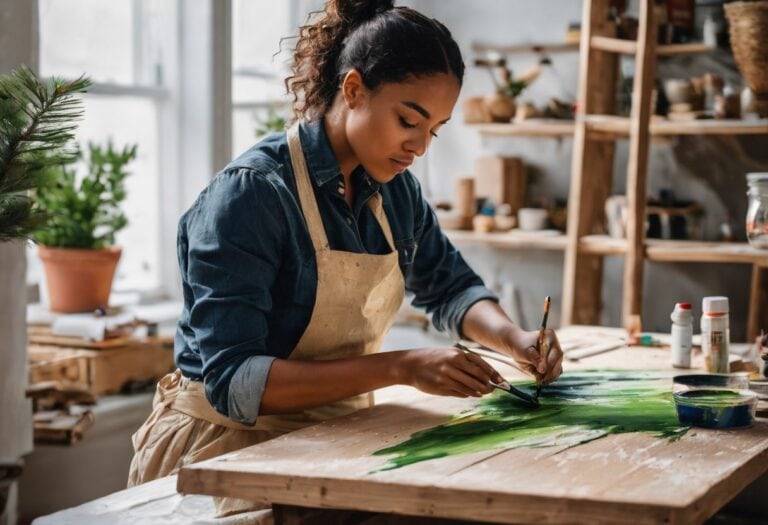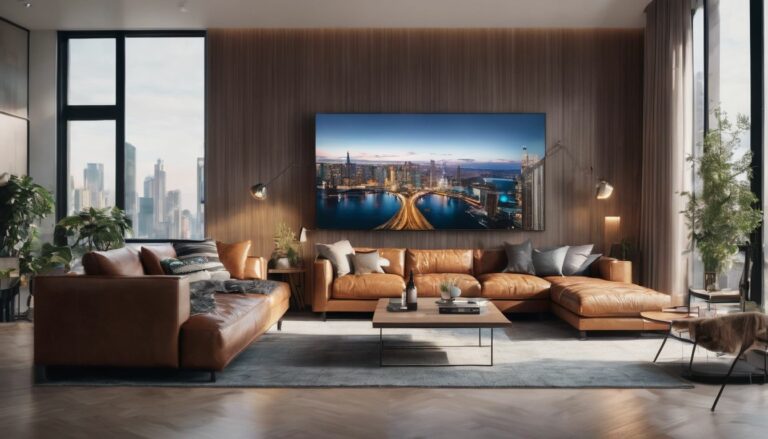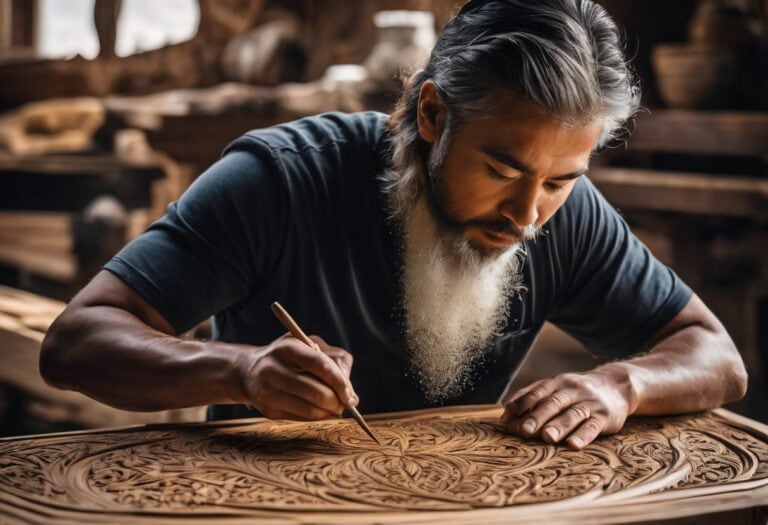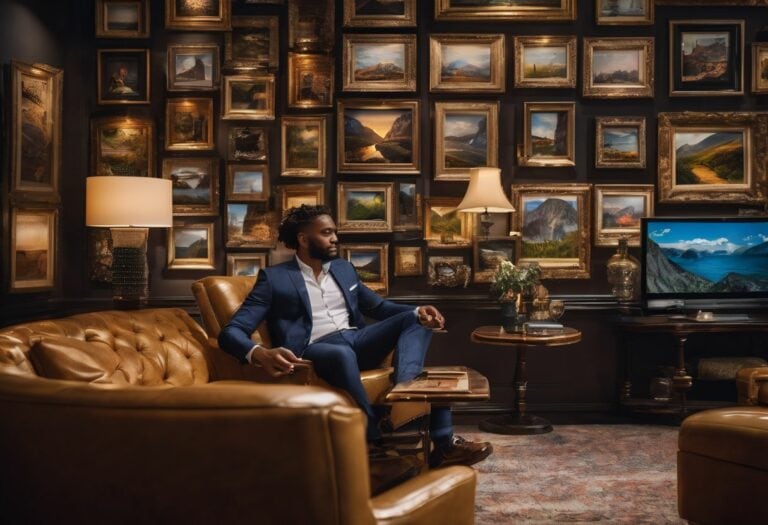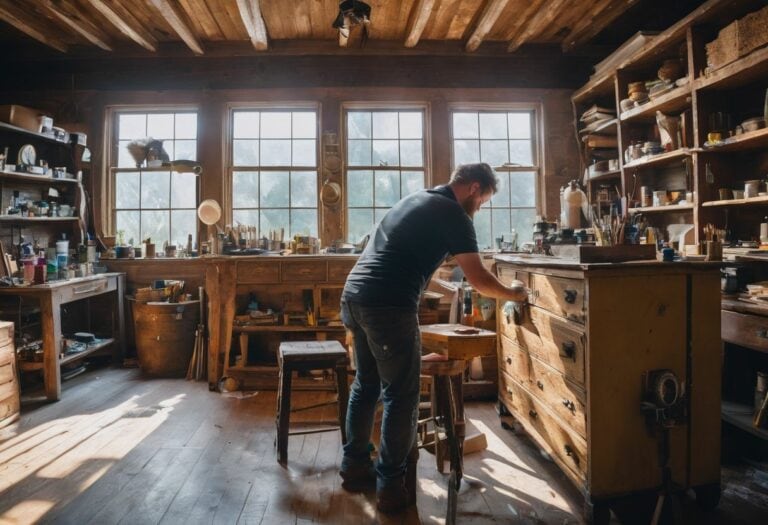Why I Stopped Being a Minimalist: Finding Balance in my Lifestyle Choices
At first, the minimalist lifestyle felt like a breath of fresh air – less clutter, more space, and an unspoken promise of peace. I jumped aboard the minimalist train hoping to streamline my life and discover tranquility amid our consumer-driven world.
Yet over time, this commitment to own less began to feel less like liberation and more like restriction.
One truth is hard to ignore: minimalism isn’t one-size-fits-all. While it taught me valuable lessons about what truly matters, it also made clear that too little can be just as cumbersome as too much.
In this blog post, I’ll guide you through my shift from strict minimalism to finding a satisfying balance that enhances quality of life without tipping into excess – all without losing sight of what’s truly important.
Ready? Let’s explore this journey together.
The Limitations of a Minimalist Lifestyle
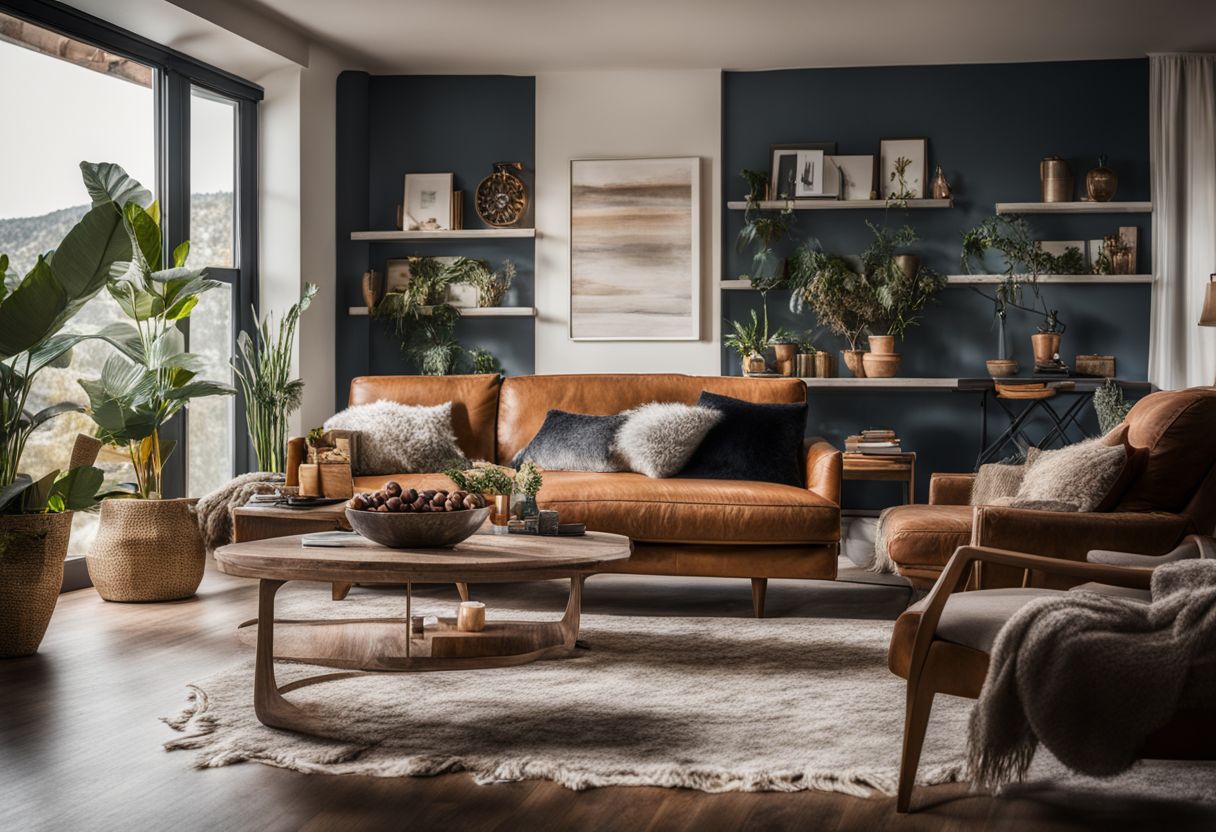
Living a minimalist lifestyle can be challenging when it comes to expressing individuality and maintaining the philosophy in a household. The limitations of minimalism prompted me to seek a more balanced approach that allowed for personal fulfillment and flexibility with material possessions.
The challenge of expressing individuality
Being a minimalist made it hard to show who I am. Every room looked too simple and the same as others who lived this way. I wanted my home to tell my story, but with just a few things, it didn’t feel like mine.
My love for colors and fun patterns had no place in a minimalist home.
I missed having special things that meant something only to me. A picture from a fun trip or my grandma’s old vase were hidden away because they did not fit the “minimalist” look. It felt wrong not seeing these loved items every day.
Soon, I realized that what matters is how stuff makes you feel inside, not just how little you have. Some people might need fewer things to be happy, but others find joy in collections or art on their walls.
This taught me it’s okay to want more around you if it brings happiness and tells your story.
The difficulty with maintaining minimalism in a household
Keeping a house minimal is tough. Imagine trying to keep just a few things when every room seems to ask for more – from the kitchen needing pots and pans, to kids’ rooms filled with toys.
It’s like holding back the ocean waves with just a bucket; stuff keeps coming in.
Living with others makes it harder. They have their own ideas about what they need and love. Trying to match that with a minimalist ideal can feel like fitting square pegs into round holes: frustrating and often not quite right.
Each person’s treasure might seem like clutter to someone else, turning homes into battlegrounds over what stays or goes.
A home is alive with memories and moments, not just things we own. This means sometimes choosing comfort and joy over less stuff—a favorite chair that doesn’t fit the ‘minimalist look‘ but feels oh-so-right, or shelves of books that tell the story of who we are.
Finding balance means letting some messiness in because it’s part of living fully—not just within lines drawn by minimalism but creating spaces that feel true to us all.
The Turning Point: Seeking Balance Over Extremes

After struggling with the limitations of a minimalist lifestyle, I reached a turning point where I realized the importance of seeking balance over extremes. This led me to embrace a more flexible approach to possessions and aesthetics, allowing me to find my own path to simplicity while prioritizing personal fulfillment.
The importance of personal fulfillment
Being happy with who you are and what you have is super important. It’s like the sun in your day, it makes everything better. I found out that just having less stuff doesn’t always make me smile.
Instead, feeling good about my choices does. That means sometimes choosing more things that make me feel cozy and at home.
I learned that balance is key to emotional wellbeing. For me, this wasn’t just less stuff; it was about making room for things that have real meaning to my heart. It could be a painting made by a friend or maybe finding the perfect bottle for breastfeeding when nothing else works.
These are treasures in their own right—they fill up my spirit in ways a clean shelf never could.
Embracing a more flexible approach to possessions
Seeking personal fulfillment has led me to embrace a more flexible approach to possessions. It’s about finding the right balance in my life. Flexibility allows for options and choices, which are essential for meeting various needs without feeling restricted.
Embracing flexibility means I can adapt to different situations without feeling overwhelmed by too many limitations.
Choosing a more flexible approach also means being open to different possibilities within my lifestyle. This mindset has empowered me to navigate through life with ease, enabling me to find solutions that suit my individual circumstances.
Maximalist vs. Minimalist: Finding My Own Aesthetic
As I embraced a more flexible approach to possessions, I found myself navigating the spectrum between maximalism and minimalism, seeking my own aesthetic. It’s not about choosing one over the other; instead, it’s about integrating both lifestyles in ways that bring personal fulfillment.
Minimalism taught me the value of simplicity and clarity, encouraging me to prioritize meaningful possessions over unnecessary distractions. On the other hand, maximalism inspired me to embrace complexity and rich visual experiences, allowing for self-expression through a diverse range of items.
Navigating this balance has been transformative. It’s not about conforming to one particular lifestyle but rather creating a personalized blend that reflects my values and goals. Embracing both characteristics has allowed me to curate an environment that is uniquely mine while also fostering a deeper connection with my belongings.
Conclusion: Finding My Own Path to Simplicity
In conclusion, my journey with minimalism has taught me the value of balance in lifestyle choices. By seeking a more flexible approach to possessions, I found personal fulfillment and embraced my own aesthetic.
Letting go of extreme minimalism allowed me to live more intentionally and prioritize what truly brings joy and gratitude into my life. Ultimately, finding my own path to simplicity has brought newfound freedom, time, and peace of mind.
FAQs
1. What made you change from being a minimalist?
I changed because I realized I needed to find balance. Sometimes I wanted more than just the basics, like enough bedrooms for my family or things that make life easier, such as a breast pump.
2. Did money play a part in your decision to stop being a minimalist?
Yes, thinking about money was important. With prices and the housing market always changing, I had to think about paying for things like our mortgage.
3. Where did you shop for items after deciding not to be a minimalist anymore?
After stopping minimalism, I shopped at different places like garage sales where haggling is okay and online on sites like Amazon.com.
4. How does not being a minimalist affect how much stuff you have now?
Now that I’m not living as a minimalist, I have more stuff but still keep an eye on it so my home has what we need without too much extra.


